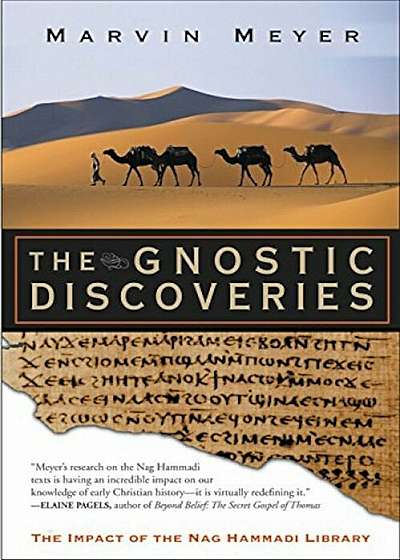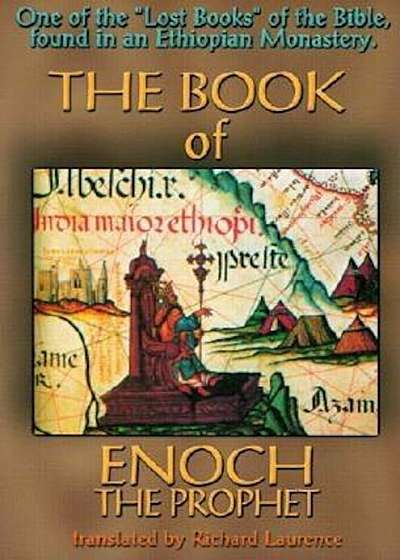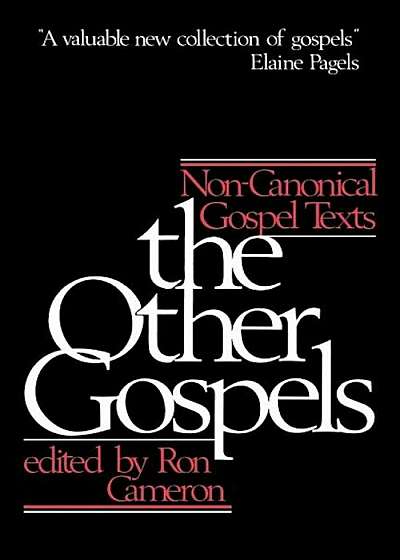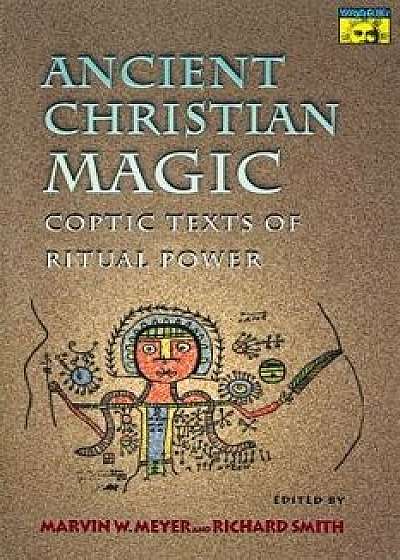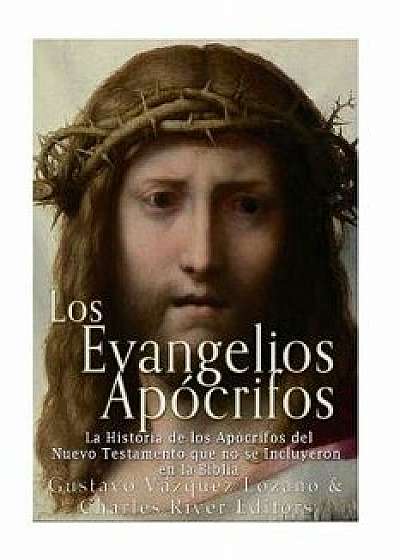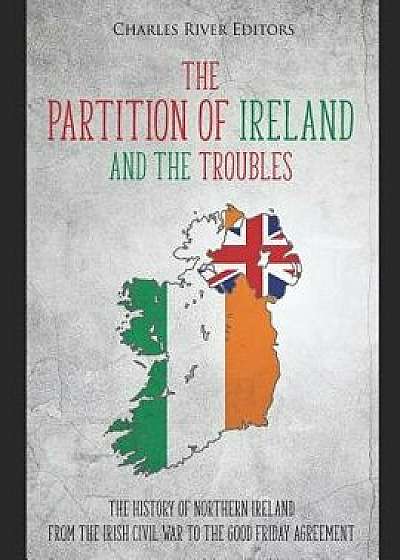
The Nag Hammadi Library: The History and Legacy of the Ancient Gnostic Texts Rediscovered in the 20th Century, Paperback/Charles River Editors
Descriere
Includes excerpts from the texts Includes online resources and a bibliography for further reading Many people interested in biblical themes know about the Dead Sea Scrolls and their guardians, the mysterious Essenes, the sect of Judaism that hid its priceless library in caves before marching against the Romans in an end-time war, certain that God would intervene at the decisive moment. The ancient texts found in their rock cabinets have produced tons of literature. Fewer people know about an equally fascinating finding in the same region of the planet, made only a few months apart: a collection of hitherto unknown Christian codices, buried in the 4th century AD, and found accidentally by peasants near the city of Nag Hammadi, Upper Egypt. Among the old codices was The Gospel of Thomas, lost for sixteen centuries, and other unfamiliar titles such as The Gospel of Philip and the Acts of Peter and the Twelve Apostles. In this case it was not Essenes who had entrusted them to the protection of the caves and the centuries, but monks who followed a now forgotten variant of Christianity called Gnosticism. The Gnostics were mystics who had no real use or hope for the world. Their writings became forbidden when the Church defined the canon of the books authorized to be read in the congregation. For some reason, instead of burning them, the monks of Nag Hammadi decided to entrust them to posterity, perhaps waiting for better times. The library of Nag Hammadi, Egypt is as significant in the study of early Christianity as the writings of the Essenes to the understanding of Judaism during the time of the Roman occupation. Considering the history of religions, they were composed at the opposite sides of that watershed that was the 1st century CE, which witnessed the birth of Christianity and the destruction of the temple of Jerusalem. The Dead Sea Scrolls belonged to a community that lived before the traumatic destruction of Holy City and its temple at the hands of the Romans. Th
